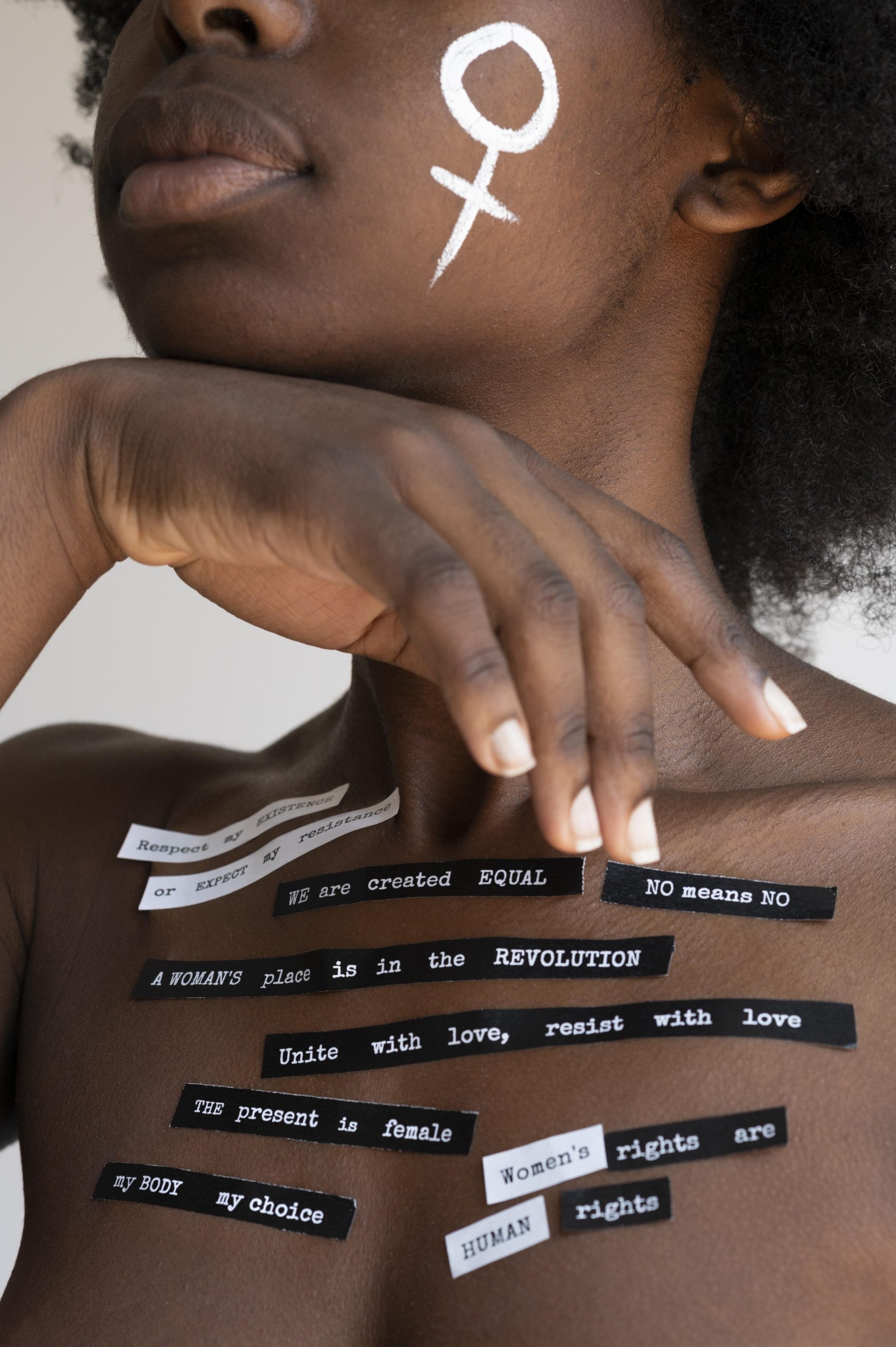It’s 2025, and a big question hangs in the air: Why do we still see female genital mutilation (FGM) affecting over 230 million women and girls around the world? This harsh practice goes against everything we understand about modern health and human rights. Even though we know better and the world has spoken out against it, FGM is still a problem, leaving a dark mark on our global progress.
The numbers from the World Health Organization are clear and upsetting. In countries like Somalia, Guinea, and Djibouti, nearly all women (98%, 97%, and 93% respectively) between 15 and 49 have undergone FGM. These aren’t just figures; they represent real people whose lives have been hurt.
The practice of Female Genital Mutilation has devastating long-term sexual, health, and
psychological consequences for the lives of women and girls, such as complications during
childbirth, which may lead to fistulas or even death.
The psychological effects include trauma, depression, among others. The sexual impacts have been reported to be sexual malfunction, decreased sexual satisfaction, fear of intercourse, and painful intercourse.
Due to advances in medicine disproving the beliefs behind FGM, especially in Western
Culture, many cultures have denounced the practice. The United Nations General Assembly
adopted a ban on female genital mutilation in December of 2012; however, despite all of
These factors, this practice persists in twenty-nine countries spanning Africa, parts of the
Middle East, and Southeast Asia.
In 2025 alone, about 4.4 million more girls are expected to be cut, that’s roughly 12,000 girls every single day. This shows us that while we talk about making things better, we’re not moving fast enough to stop FGM by the year 2030, which is our global goal.
The main reason FGM continues is because of old, incorrect ideas that are deeply set in some communities. Even in 2025, people still believe that FGM is needed for a girl to be ready for marriage, or to prove she’s a virgin before marriage, or to be faithful to her husband by making her less interested in sex. Some also think it makes girls “clean,” “feminine,” or “beautiful” by removing body parts they consider “male” or “dirty.” These beliefs have no basis in science or medicine and are harmful. They take away a woman’s control over her own body and violate her basic rights.
A very worrying trend in 2025 is that more and more FGM is being done by healthcare workers like midwives. Over 18% of all FGM procedures are now performed by these professionals. This is a serious betrayal of their medical duty. The idea that FGM is “safer” when done by a trained person is wrong. No matter who does it, FGM causes severe and lasting problems for women’s bodies, their sexual health, and their mental well-being. This includes difficulties during childbirth, sexual pain, and deep emotional scars. Our healthcare system, which should be protecting people, is sometimes part of the problem.
While the United Nations banned FGM in 2012 and many cultures have spoken out against it, the truth is that laws are often not fully enforced, and old traditions are hard to change. Stopping FGM isn’t just about making laws; it’s about changing how people think and act, having open conversations in communities, and making sure everyone is educated.
The fact that only 7 out of 31 countries are on track to meet the 2030 goal shows how tough this challenge is. When we see attempts to bring FGM back in places like The Gambia, it reminds us that progress can easily be lost if we’re not constantly working to stop it.
So, when we ask “Why haven’t we ended FGM yet?” in 2025, it’s not just a question. It’s a loud call to action. It’s a demand for more responsibility, more money spent on stopping FGM, and a shared promise to protect every girl from this cruel act. We can’t afford to take small steps anymore. To truly show we are modern and caring, we must end FGM, not just by 2030, but with all the effort we have, starting right now.




